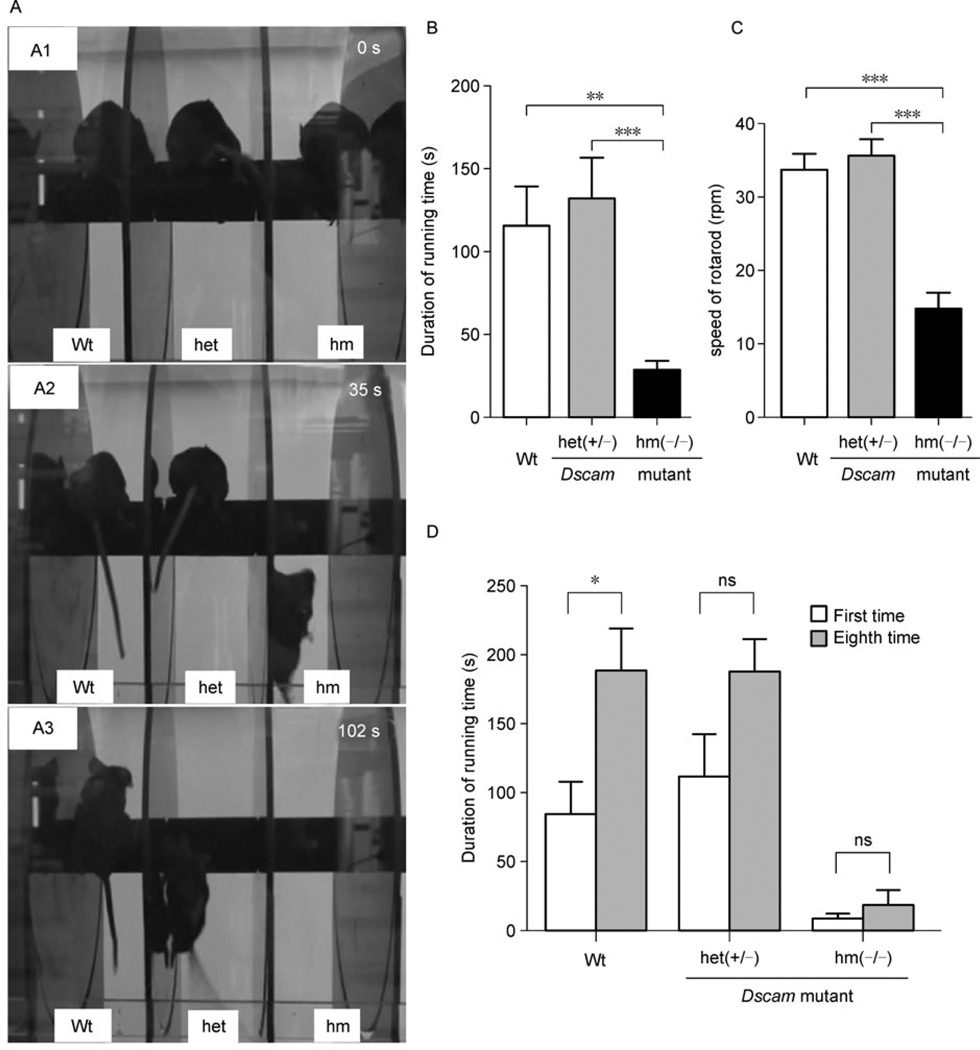Figure 2. Impaired motor function and motor learning ability of homozygous Dscamdel17 mutant mice.
(A) In the rotarod test, at 0 s, three groups of mice with different genotypes were placed on the resting rod (A1). At 35 s, homozygous Dscamdel17 mutant mice fell off (A2). At 102 s, the heterozygous Dscamdel17 mutant mice fell off (A3). (B and C) Motor function as measured by the rotarod test. The average running duration on the rotarod of wild type and heterozygous Dscamdel17 mutant mice were significant longer than the homozygous Dscamdel17 mutant mice (means ± SEM, One-way ANOVA and Bonferrioni’s multiple comparison test, **p < 0.01; ***p < 0.001).As compared with the wild type and heterozygous Dscamdel17 mutant mice, homozygous Dscamdel17 mutant mice fell off at a lower speed (means ± SEM, One-way ANOVA and Bonferrioni’s multiple comparison test, ***p < 0.001). (D) The average running duration of mice after training. After training, the average running duration of the wild type mice was significantly extended, whereas that of heterozygous Dscamdel17 mutant mice and homozygous Dscamdel17 mutant mice had no significant difference before and after training (means ± SEM, Two-way ANOVA and Bonferroni posttests, *p < 0.05; ns, no significance) [Wt, wild type; het(+/−), heterozygous Dscamdel17 mutant mice; hm(−/−), homozygous Dscamdel17 mutant mice].

